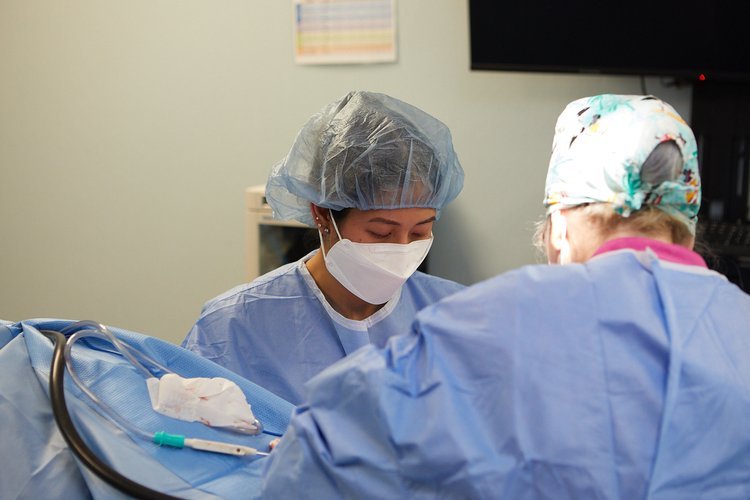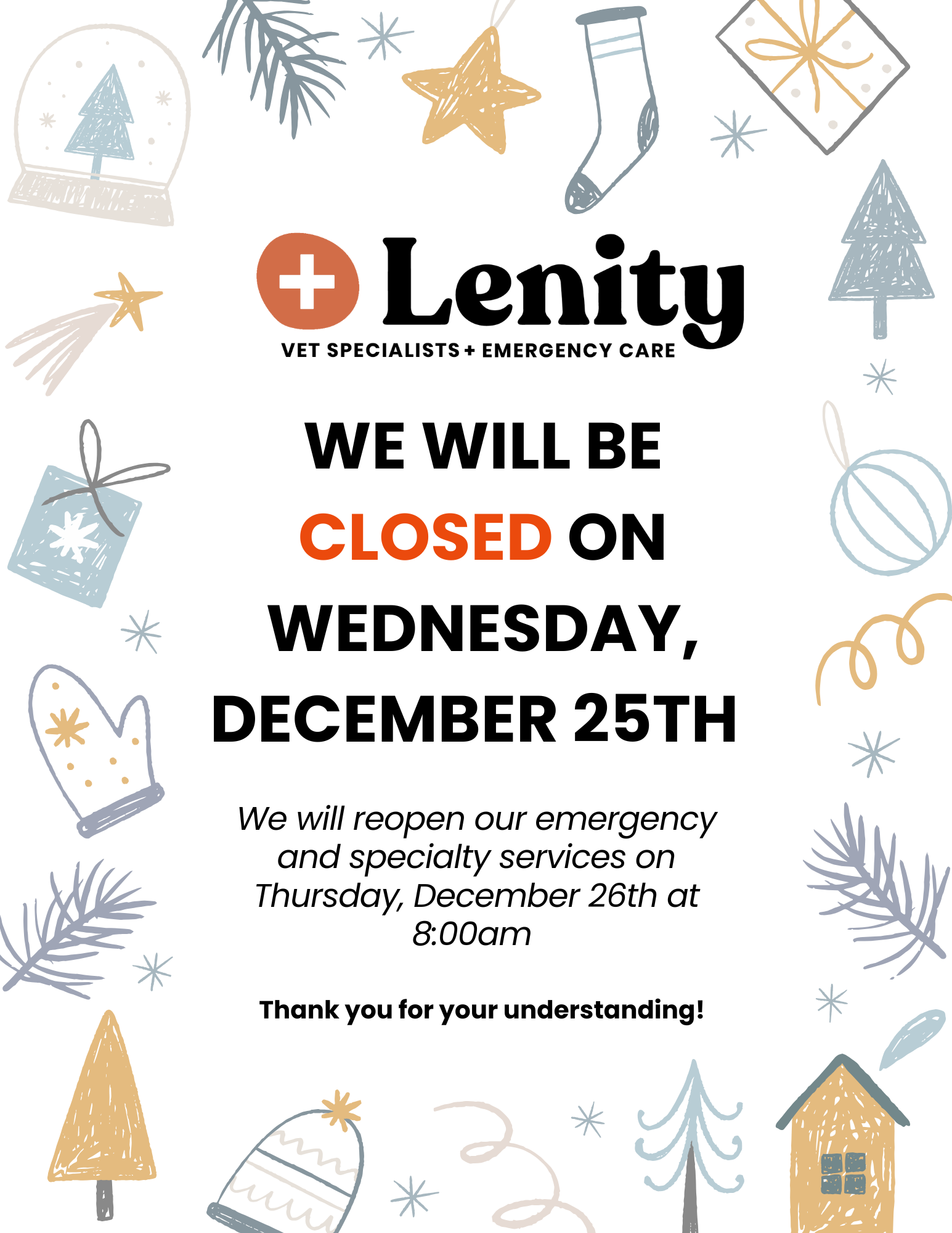Laparoscopic

Minimally invasive, or laparoscopic surgery refers to a technique used by veterinary surgeons to provide a less intrusive approach to procedures. The goal is to maintain a high level of accuracy, precision, and effectiveness while reducing recovery and healing time. It’s used as an alternative to open approach surgeries using a large incision. Not all procedures can be done using this method, though we are making strides regularly in expanding the use of this technique. One of the most common minimally invasive procedures we perform at our hospital is laparoscopic surgery, which refers to minimally invasive procedures performed on the abdomen of a pet.
What is a Laparoscope?
In laparoscopic surgery, a very small incision is made to allow a laparoscope (a long fiber-optic instrument) into the affected area. The laparoscope has a camera on it, which allows us to see what’s going on without completely opening the area up.
Each pet’s situation is unique and will require an individualized treatment plan with options that fit their current health status and condition. We will discuss all the available options for your pet and potential outcomes to find the best fit for your companion.
Benefits of Laparoscopic Surgery
- Reduction in surgical trauma
- Simplified pain management
- Faster recovery time
- Less discomfort after the procedure
Types of Laparoscopic Surgeries we perform
- Spay surgery to remove a combination of ovaries and uterus
- Prophylactic gastropexy to treat and prevent gastric dilatation and volvulus
- Biopsy and removal of bladder stones
- Treatment for retained testicles
- Adrenalectomy in the case of tumors
- Abdominal exploration for liver, kidney, and GI biopsy as well as gall bladder aspirates
- Cisterna Chyli Ablation to treat Idiopathic Chylothorax
Other Minimally Invasive Surgeries
Arthroscopy (Joint Procedures)
- Elbow surgery to diagnose and treat conditions such as elbow dysplasia
- Shoulder surgery for bicipital tenosynovitis and OCD lesions
- Knee/Stifle surgery to correct a cranial cruciate ligament disease, such as TPLO, TTA, or lateral fabellotibial suture
- Ankle/hock surgery for OCD lesions and visualizing fractures
Thoracoscopy (Chest Surgery)
- Thoracic Duct Ligation to treat Idiopathic Chylothorax
- Subtotal Pericardiectomy to remove the sac surrounding the heart
- Pericardial Window to drain fluid from the pericardial sac
Stenting
- Urethral stenting for tumor obstruction
- Tracheal Collapse bridging or stenting
Orthopedics
We are proud to provide a wide range of specialty orthopedic procedures for cats and dogs in San Mateo, San Francisco, and the Bay Area.
Oncology
We are proud to provide comprehensive surgical oncology options for cats and dogs in San Mateo, San Francisco, and the Bay Area.
Soft tissue
Generally, soft tissue surgery refers to any procedure that does not involve the bones or tendons and ligaments that support joints.
Stem cell therapy
Stem cell therapy is often referred to as regenerative medicine in specialty veterinary care.
Bone healing & osteoarthritis
The most common condition we treat using stem cell therapy is osteoarthritis.


